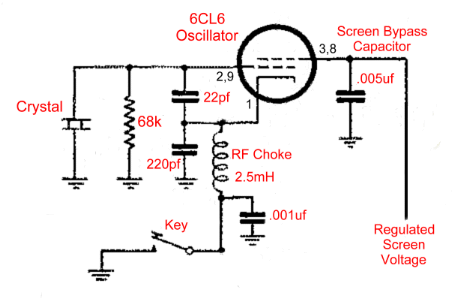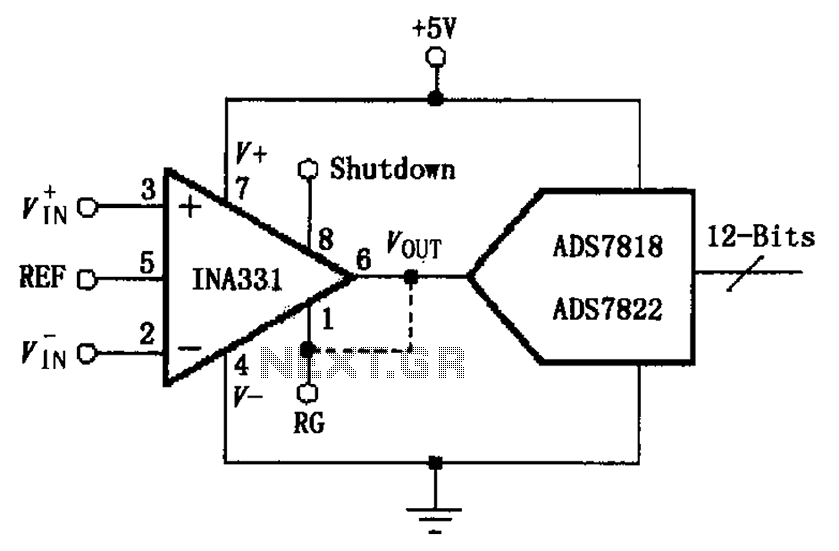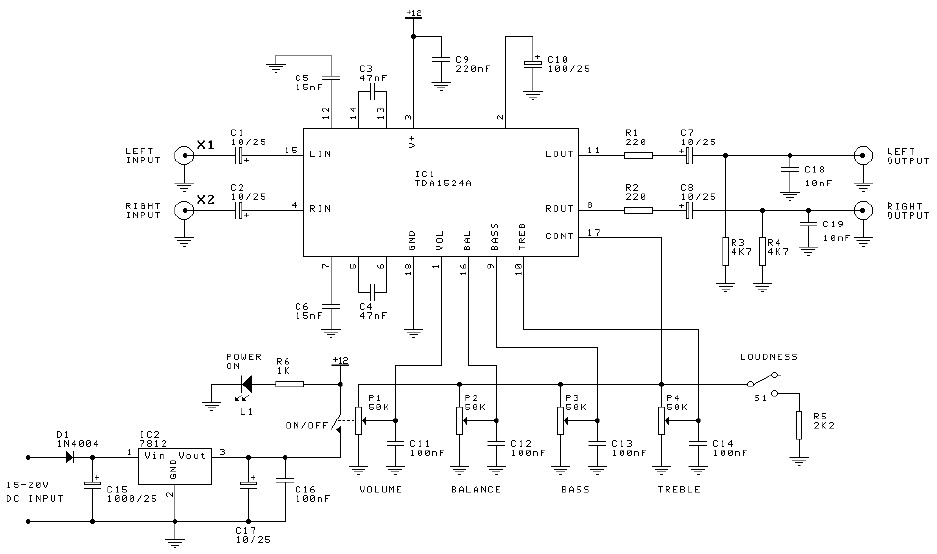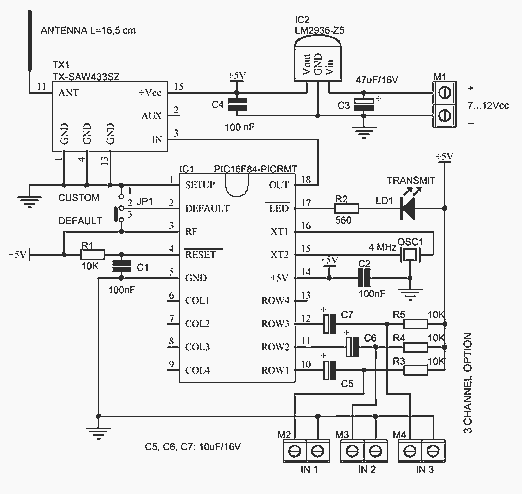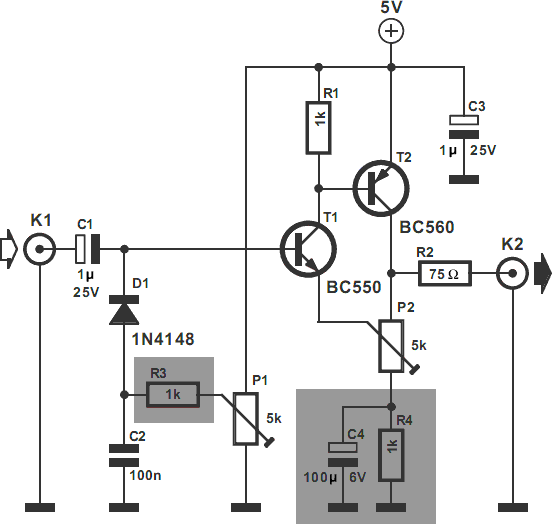
Ultrasonic Transmitter Sensor Switch circuit
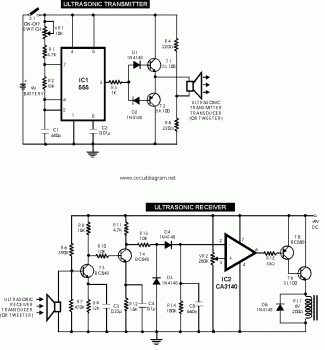
This circuit explains alternate wireless switching using an ultrasonic sensor. The distance of the switching range should be more than 10 meters.
The described circuit employs an ultrasonic sensor to facilitate wireless switching, allowing for the activation or deactivation of devices based on distance measurements. The ultrasonic sensor operates by emitting high-frequency sound waves and measuring the time taken for the echo to return after bouncing off an object. This time is then converted into a distance measurement, which is compared against a predetermined threshold to determine whether the switching action should occur.
For implementation, the circuit requires a microcontroller unit (MCU) to process the signals from the ultrasonic sensor. The MCU is programmed to continuously monitor the distance readings. When an object is detected within the specified range (greater than 10 meters in this case), the microcontroller triggers a wireless transmitter module, such as a radio frequency (RF) transmitter or a Wi-Fi module, to send a signal to a corresponding receiver module connected to the target device.
Power supply considerations are critical, as the circuit must operate effectively over the intended distance. A stable power source, such as batteries or a regulated power supply, should be used to ensure consistent operation of the ultrasonic sensor and the microcontroller. Additionally, the design may include features such as low-power modes to extend battery life during periods of inactivity.
A feedback mechanism could also be incorporated, allowing the system to confirm the successful execution of the switching action. This could involve the use of LEDs or other indicators to provide visual confirmation when a command has been successfully transmitted and received.
Overall, the circuit represents a versatile solution for wireless switching applications, leveraging ultrasonic sensing technology to achieve operational ranges exceeding 10 meters.This circuit explain about alternate wireless switching using ultrasonic sensor. The distance of switching range should be more than 10 meters .. 🔗 External reference
The described circuit employs an ultrasonic sensor to facilitate wireless switching, allowing for the activation or deactivation of devices based on distance measurements. The ultrasonic sensor operates by emitting high-frequency sound waves and measuring the time taken for the echo to return after bouncing off an object. This time is then converted into a distance measurement, which is compared against a predetermined threshold to determine whether the switching action should occur.
For implementation, the circuit requires a microcontroller unit (MCU) to process the signals from the ultrasonic sensor. The MCU is programmed to continuously monitor the distance readings. When an object is detected within the specified range (greater than 10 meters in this case), the microcontroller triggers a wireless transmitter module, such as a radio frequency (RF) transmitter or a Wi-Fi module, to send a signal to a corresponding receiver module connected to the target device.
Power supply considerations are critical, as the circuit must operate effectively over the intended distance. A stable power source, such as batteries or a regulated power supply, should be used to ensure consistent operation of the ultrasonic sensor and the microcontroller. Additionally, the design may include features such as low-power modes to extend battery life during periods of inactivity.
A feedback mechanism could also be incorporated, allowing the system to confirm the successful execution of the switching action. This could involve the use of LEDs or other indicators to provide visual confirmation when a command has been successfully transmitted and received.
Overall, the circuit represents a versatile solution for wireless switching applications, leveraging ultrasonic sensing technology to achieve operational ranges exceeding 10 meters.This circuit explain about alternate wireless switching using ultrasonic sensor. The distance of switching range should be more than 10 meters .. 🔗 External reference
